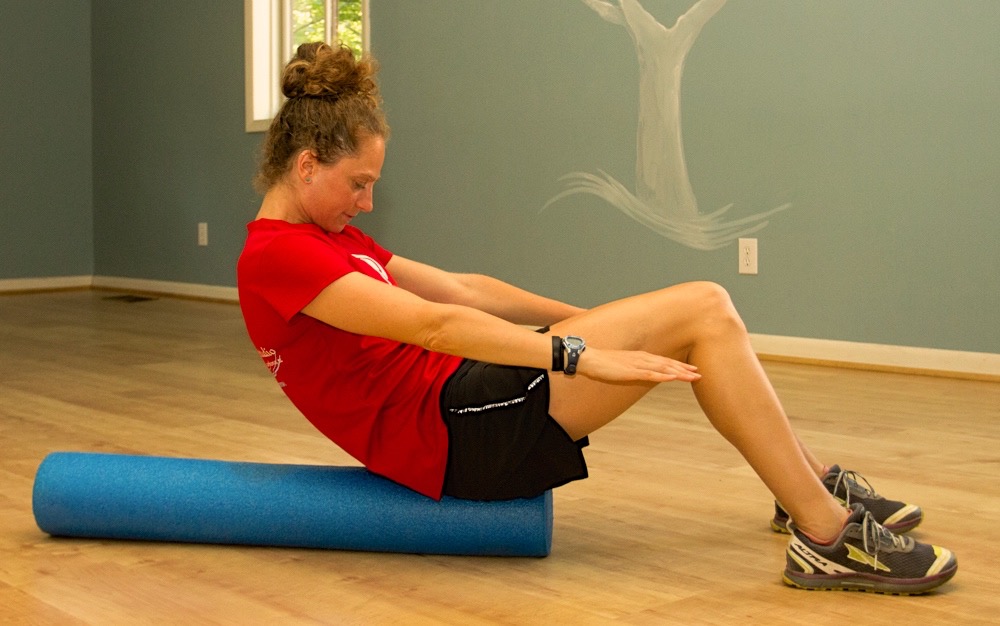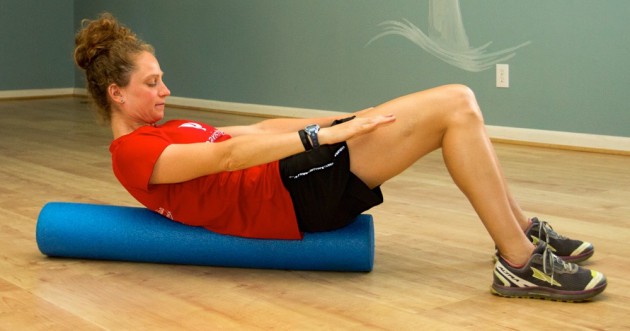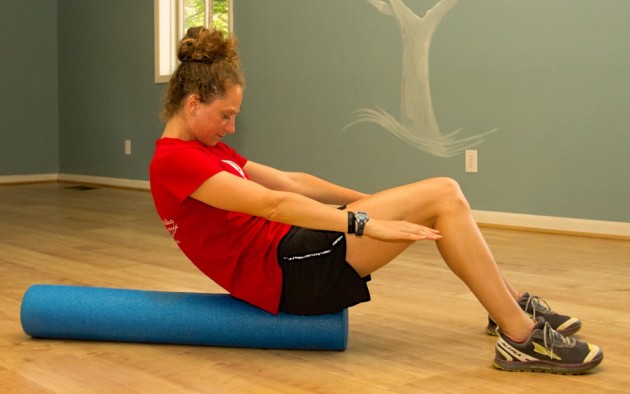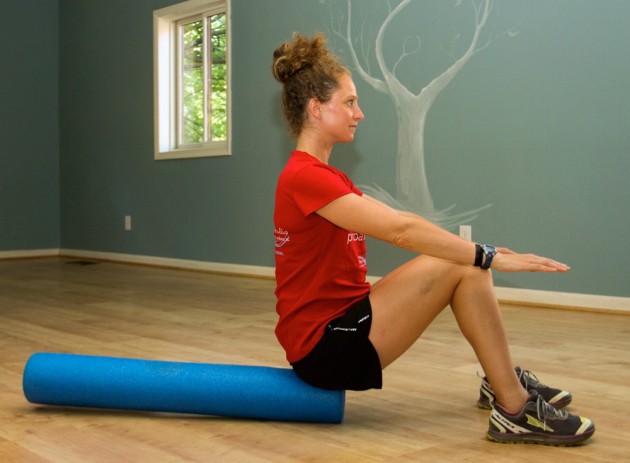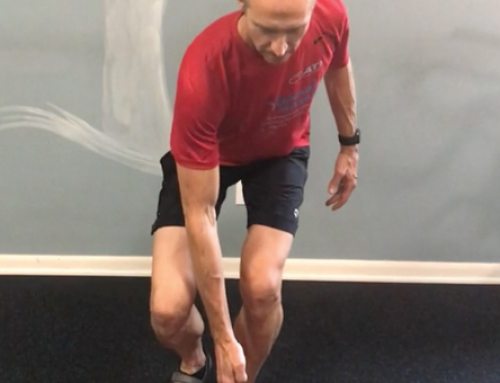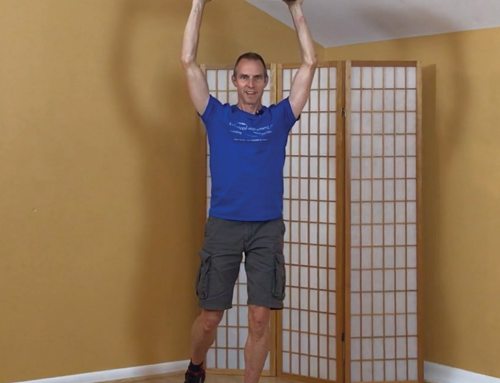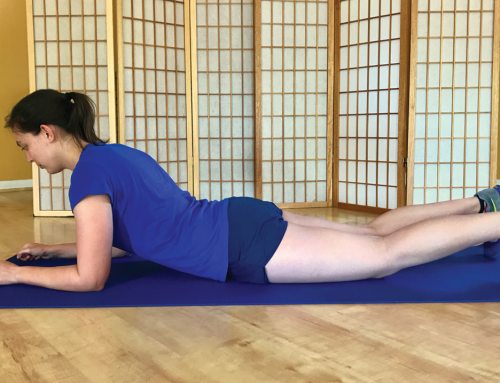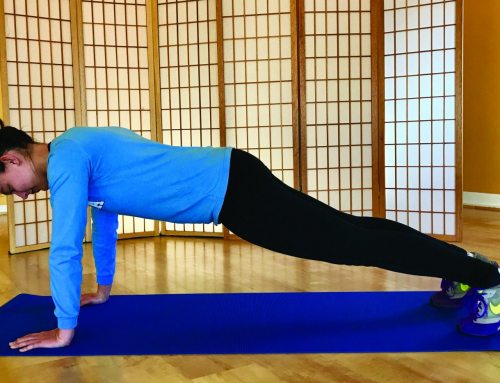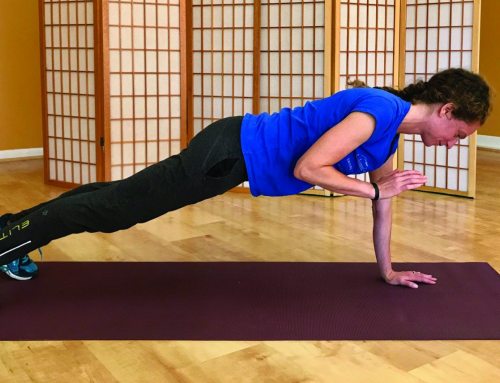By Elizabeth Towe
We move along through our day, doing the things we do; sitting at our desk and computer, driving our car, lifting and holding children, gardening or task work that we use our dominant side. These are just a few things that can cause unilateral shifts in our musculature, or imbalance in strength and flexibility, especially we when do these tasks with our dominant side. This can cause the pelvis, hip and/or spine to shift, even just a little.
Let’s explore the recruitment of the core musculature for stabilizing the spine and pelvis. This month we will try and notice the subtle imbalances of strength, flexibility or both, side to side in the core musculature, using the foam roller as a tool for feedback.
Exercise:
- Lie lengthwise on the foam roller, with your pelvis at one end and your head on the other. Place arms across the chest or hands on thighs. Brace the core lightly by drawing the back of the belly button towards the spine.
- Do a slow, controlled sit-up, tucking the chin towards the collarbones first, and begin to roll up slowly. When the spine can bend no more, anchor your feet, engage the front of your hips to tilt your pelvis forward and bring yourself the rest of the way into a full sit-up. Your goal is to do this slowly and at a constant speed without jerks or changes in momentum.
- Reverse the order, letting your pelvis drop back, chin to the chest, and then uncurling the spine slowly, one vertebra at a time.
- As you do the movement, use the tactile feedback of the roller against your spine to notice if you are pulled toward one side or another. Does your pelvis shift to the right while your shoulders roll down to the left? Does your spine move in “chunks” (more than one vertebra at a time) Can you begin to articulate one vertebra at a time?
- You will develop strength in the curl up, but you will also be using the exercise to find imbalances or patterns of habitual posture deviations.
- You may notice that the first few are difficult at a certain position in the curl up where your spine is stiff or there is an imbalance that shifts you off to one side or the other. Explore the smaller motion where the imbalance happens and see what opens up.
- Repeat 10-15 times for two sets.
# # #
Elizabeth Towe is a runner and a cyclist and the owner of Balanced Movement Studio in Carrboro. She graduated from East Carolina with a degree in exercise and sports science and has been personal training for over 20 years. Her ultimate goal for all of her clients is to help them realize and achieve the optimal quality in their life – and to remember to have fun doing it.


